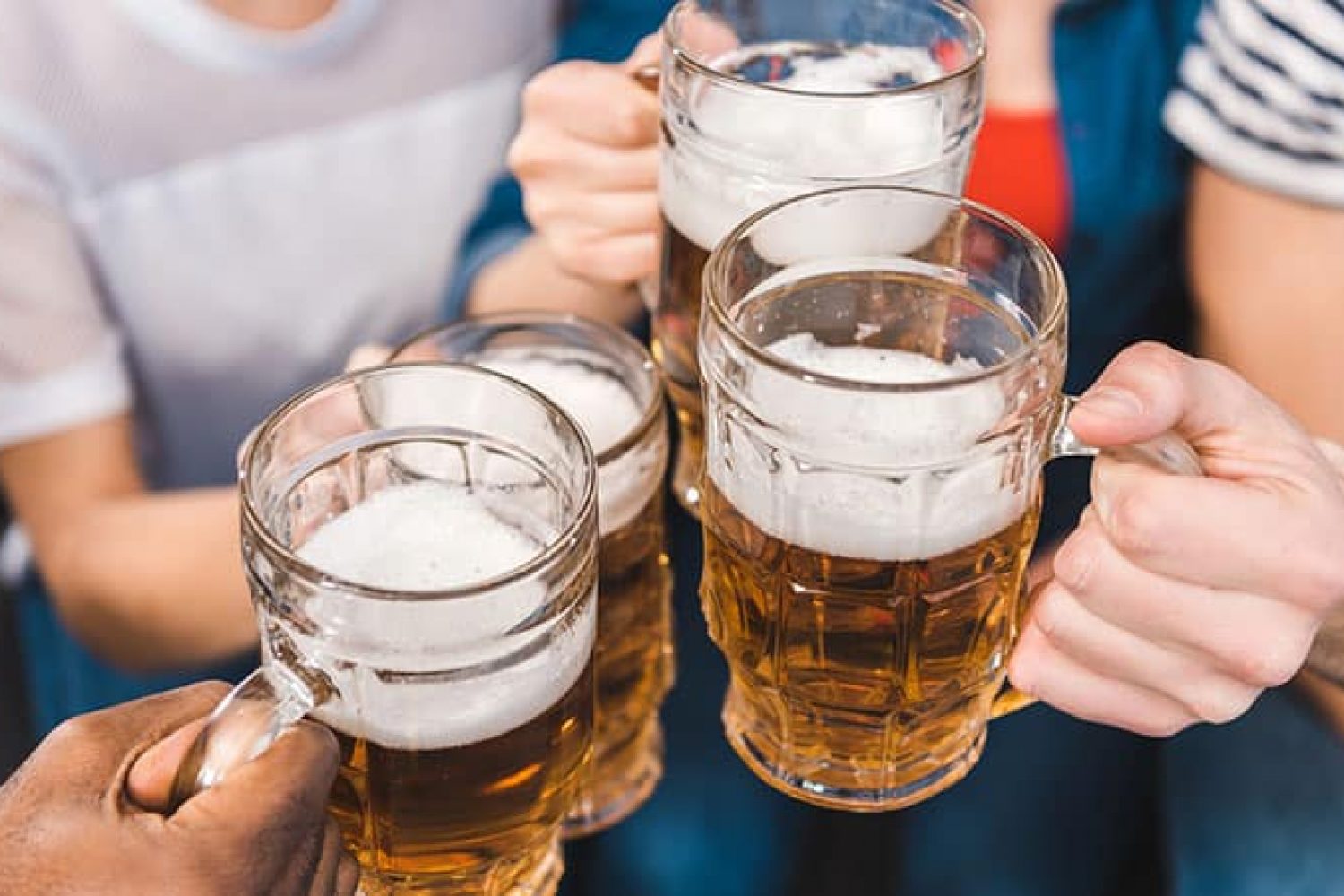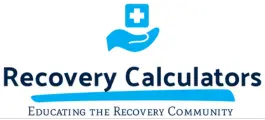Prediction of Alcohol Withdrawal Severity Scale
Screens hospitalized patients for complicated alcohol withdrawal (seizures, delirium tremens).
- Patients ≥18 years old admitted to general floor, with or without history of alcohol abuse.
- Do not use in patients with active or uncontrolled seizure disorder.
- Complicated alcohol withdrawal syndrome (AWS) is defined as withdrawal hallucinosis, withdrawal-related seizures, or delirium tremens.
- Not yet validated in non-English speaking patients.
- Patients with active or uncontrolled seizure disorder, obtunded, or unable to understand the questionnaire were excluded from the study.
- The majority of patients included in the studies were on general medical floors. A limited number of patients from the emergency department, surgical floors, and critical care units were included.
- Other alcohol withdrawal tools like CIWA-Ar stratify severity of AWS and can be used sequentially with the PAWSS (i.e., use PAWSS to screen for those at high risk for AWS, then use CIWA-Ar to determine if treatment is needed) (Eloma 2018).
- 10% of symptomatic individuals experience withdrawal-related generalized tonic-clonic seizures. If left untreated, about one-third of patients with withdrawal seizures will progress to delirium tremens.
- Prevalence of at-risk or heavy alcohol use tends to be higher among adults actively seeking healthcare in the general population.
- Most patients undergoing alcohol withdrawal experience uncomplicated AWS and only need supportive care, but up to 20% have complicated AWS (i.e., withdrawal hallucinosis, seizures, delirium tremens), which can result in substantial morbidity and up to 15% mortality if unrecognized. With aggressive prevention and recognition, mortality rates decrease to 1-4% (Schuckit 2014).
- PAWSS Scores ≥4 were 93.1% sensitive and 99.5% specific for development of complicated AWS in prospective validation (Maldonado 2015).
Management
- Subjects at risk for alcohol withdrawal should be placed on symptom-triggered therapy.
- May be used to inform which patients may be appropriate candidates for the CIWA-Ar protocol.
Evidence
PAWSS Scores ≥4 suggest high risk for complicated AWS. Prophylaxis and/or treatment may be indicated.
FACTS & FIGURES
| PAWSS Score | Risk of complicated AWS* | Likelihood ratio** |
|---|---|---|
| <4 | Average | 0.07 |
| ≥4 | High | 174 |
EVIDENCE APPRAISAL
Derivation study, Maldonado 2014
- Design
- Systematic review and pilot prospective cohort.
- n = 17.
- Aim
- Identify clinical factors associated with the development of alcohol withdrawal syndromes.
- Develop a tool for the prediction of alcohol withdrawal among patients at risk.
- Conduct a pilot study to assess the validity of the tool.
- Inclusion criteria
- Age ≥18 years.
- Exclusion criteria
- Non-English speaking patients.
- Outcomes
- Negative PAWSS (score <4): n = 13, 0% of patients developed moderate or severe AWS.
- Positive PAWSS (score ≥4), n = 4, 100% of patients developed moderate or severe AWS.
Validation study, Maldonado 2015
- Design
- Prospective cohort study in two teaching hospitals.
- n = 403.
- Aim
- Prospectively validate PAWSS.
- Inclusion criteria
- Age ≥18 years regardless of probable or confirmed alcohol use.
- Patients directly admitted from the emergency department or community settings to general medicine or surgery units.
- Able to communicate in English.
- Exclusion criteria
- Non-English speaking patients.
- Patients unable to understand the questionnaire or participate in the study.
- Patient transferred from outside hospitals.
- Active or uncontrolled seizures.
- Patient in active alcohol withdrawal upon presentation.
- Too sick to participate as per primary team.
- Outcomes
- Negative PAWSS (score <4), n = 374, 0.5% of patients developed moderate or severe AWS.
- Positive PAWSS (score ≥4), n = 29, 93.1% of patients developed moderate or severe AWS.
- Sensitivity 93.1%, specificity 99.5%, PPV 93.1%, NPV 99.5%.
Our Blogs
- Addiction Calculator
- Aftercare Programs
- Alcohol
- CAGE
- CIWA
- Community Support
- COWS
- Drug Rehabs
- Healing Practices
- Health
- Holistic Therapies
- MAST
- Opiate Withdrawal
- PAWSS
- Rehab Center
- Relapse Prevention
- SMAST
- Wellness Programs

Can alcohol cause tremors? Discover the connection between alcohol consumption and shaking hands, and learn about the signs of alcohol-induced...

Ativan for alcoholism: Understand its role in alcohol withdrawal, risks of dependency, and the importance of professional oversight.

Curious about what people really call alcohol? Check out this list of common and surprising slang names for alcohol.
About Us
Welcome to Recovery Calculators, your online resource dedicated to empowering the Drug and Alcohol Addiction Recovery Community through comprehensive education on medical calculators and recovery terminology. At Recovery Calculators, we understand that navigating the complexities of addiction recovery can be daunting. That's why we're committed to providing accessible and reliable information to individuals, families, and professionals alike. Whether you're seeking clarity on medical calculations or striving to grasp the nuances of recovery terminology, our platform serves as your go-to destination for enlightenment and support. Our mission is simple: to bridge the gap between medical science and the recovery community. Through our meticulously curated content, we aim to demystify medical calculations and terminology, empowering our users to make informed decisions about their health and well-being. What sets us apart is our dedication to accuracy and relevance. Our team of experts meticulously researches and curates each piece of content to ensure its accuracy and relevance to the addiction recovery community. Whether you're a healthcare professional seeking to enhance your knowledge or an individual on the path to recovery, you can trust Recovery Calculators to provide the information you need, when you need it. Join us on our journey to empower our community. Explore our vast array of articles, resources, and tools designed to educate and inspire. Together, we can break down barriers, dispel myths, and foster a community of understanding and support within the addiction recovery landscape.


